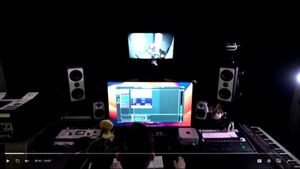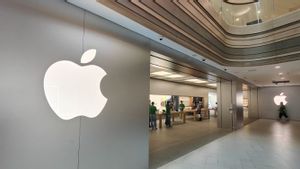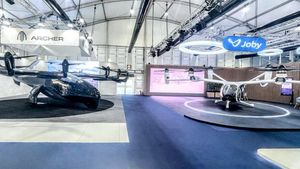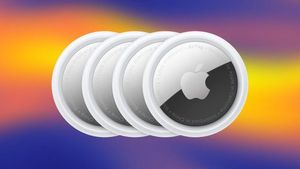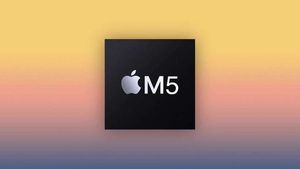JAKARTA On December 22, Lockheed Martin's Electronicly Steered Antenna (ESA) payload was launched into orbit. Unfortunately, the launch of the antenna payload did not end well.
Firefly Aerospace, a private aerospace company, launched a Lockheed antenna using an Alpha rocket. The Fly the Lightning mission initially went smoothly, but the Alpha headed into the wrong orbit so Lockheed's mission underwent many changes.
As a result of its unplanned position, the antenna demonstration mission for military purposes was shortened. Therefore, the antenna will return to Earth in February, but Lockheed has not disclosed a exact date.
Although Lockheed's antenna mission is very short, Lockheed Technology Acceleration Director Martin Bob Behnken said that the ESA payload managed to complete the main goal of their mission, even exceeding the company's expectations.
"This achievement is even more impressive considering the spacecraft is placed in lower and unplanned orbits, resulting in a very dense mission schedule," Behnken told Spacenews.
SEE ALSO:
Behnken added that the ESA content succeeded in proving its capabilities during the demonstration. His company is trying hard to optimize the performance of ESA technology so that the performance of the cargo is claimed to be successful.
One of the corroborating evidence that the ESA demonstration was successful is a testing process that has reached hundreds of times. Behnken explained that, "We have completed more than 100 payload tests to date and continue to achieve more things every day."
Behnken did not explain what the testing process ESA was going through. However, the Lockheed Director said that ESA operates as when tested on Earth. Therefore, the ESA component is ready to face problems that are never planned.
Ket. photo:
The English, Chinese, Japanese, Arabic, and French versions are automatically generated by the AI. So there may still be inaccuracies in translating, please always see Indonesian as our main language. (system supported by DigitalSiber.id)






